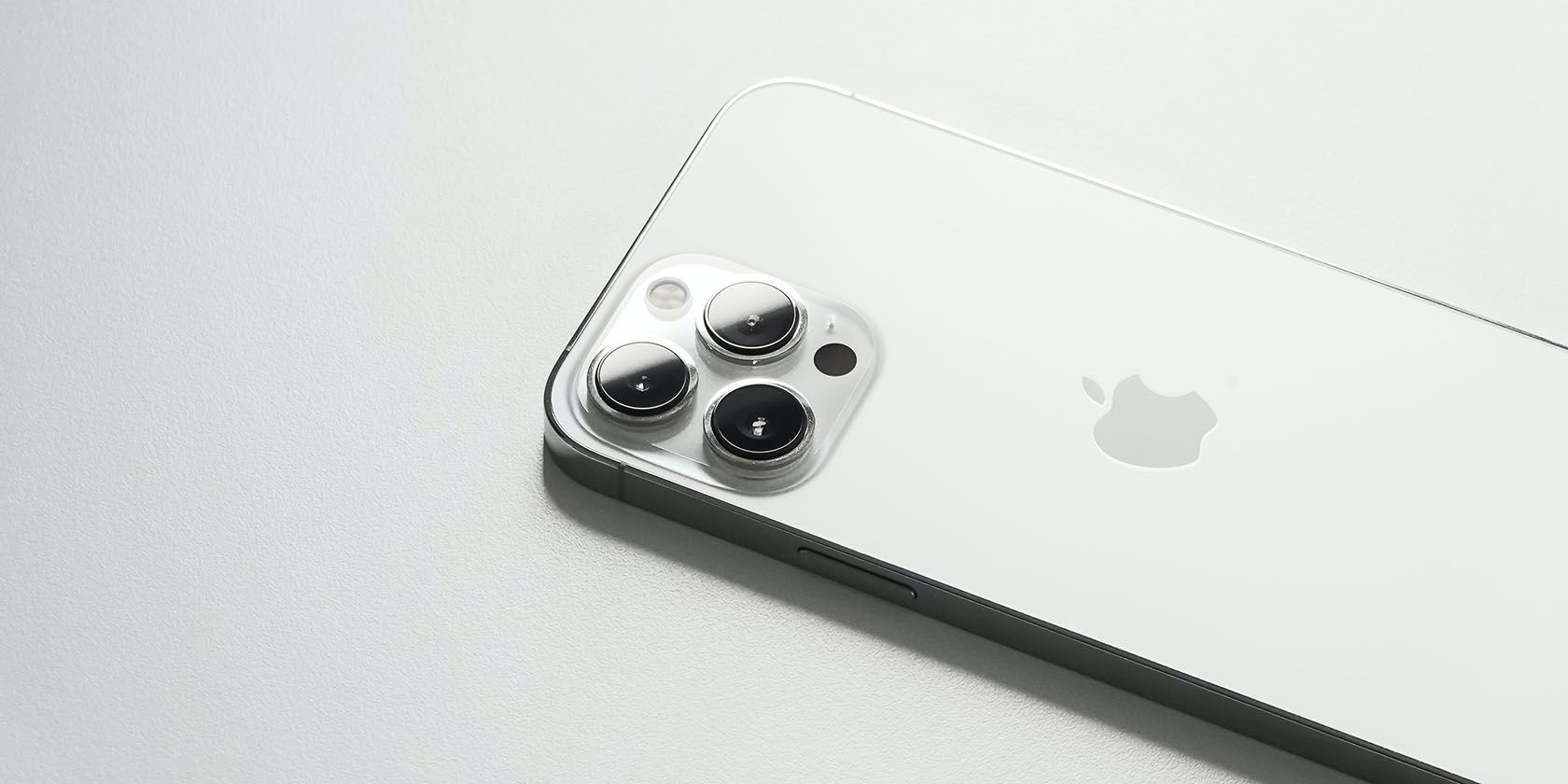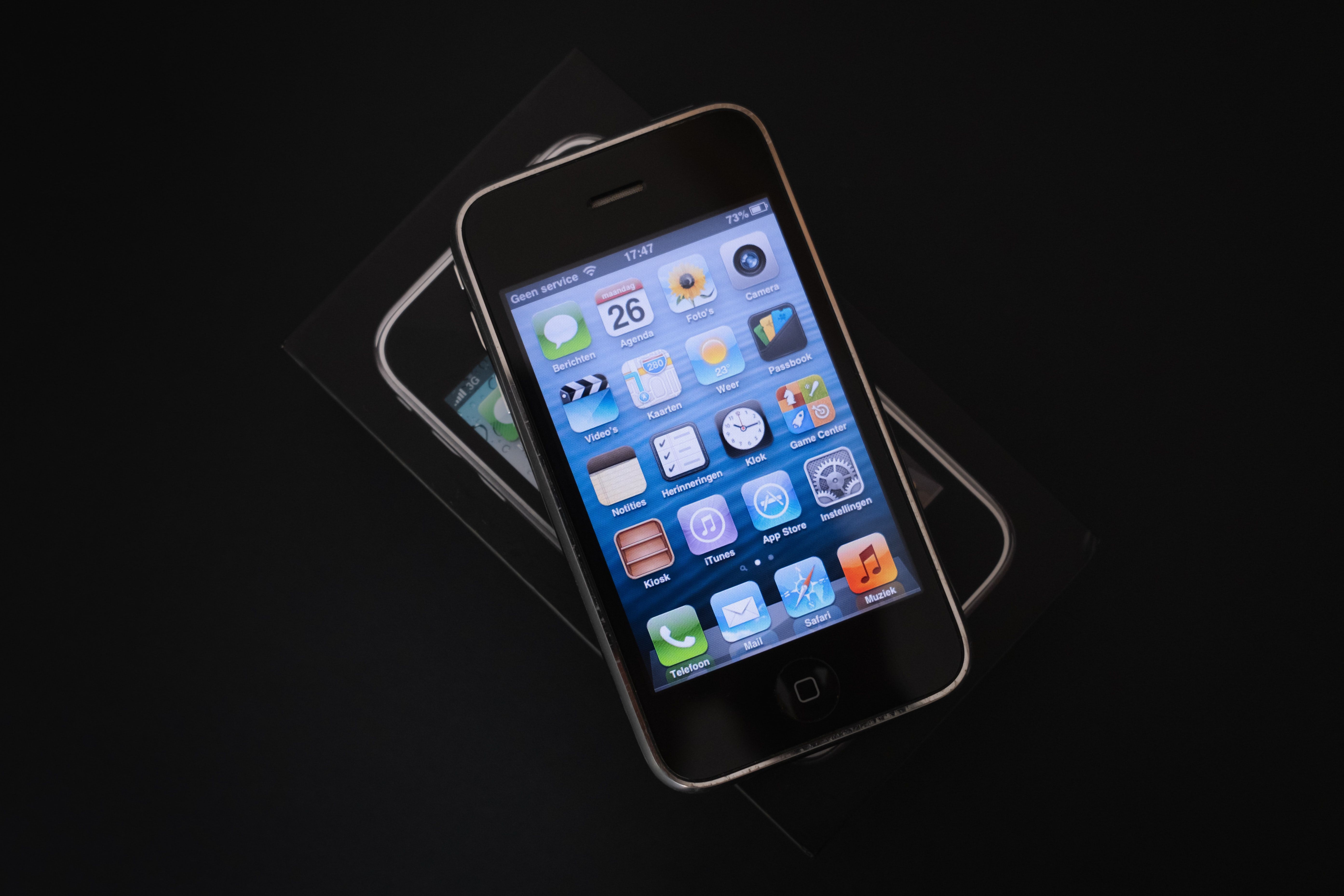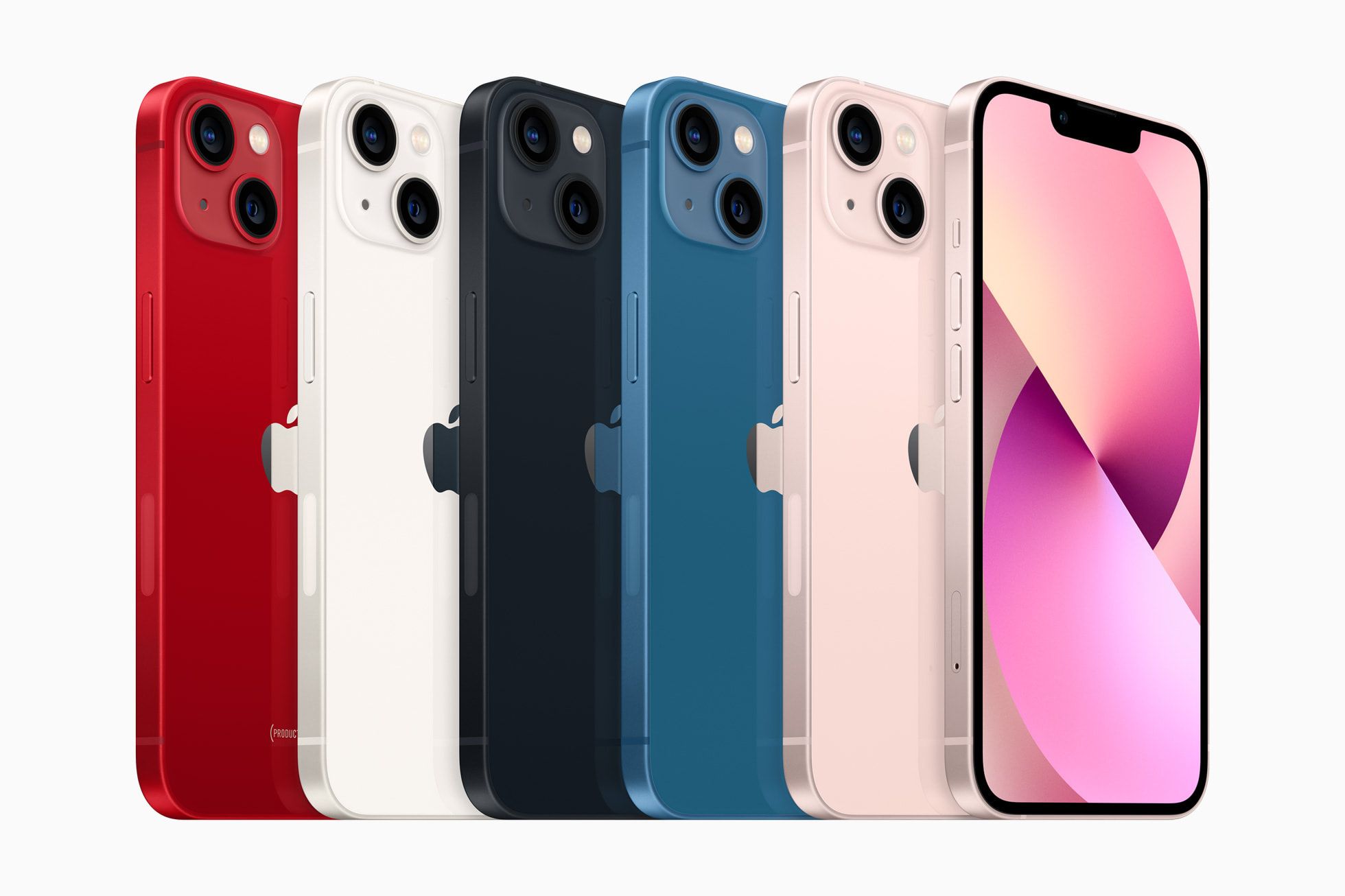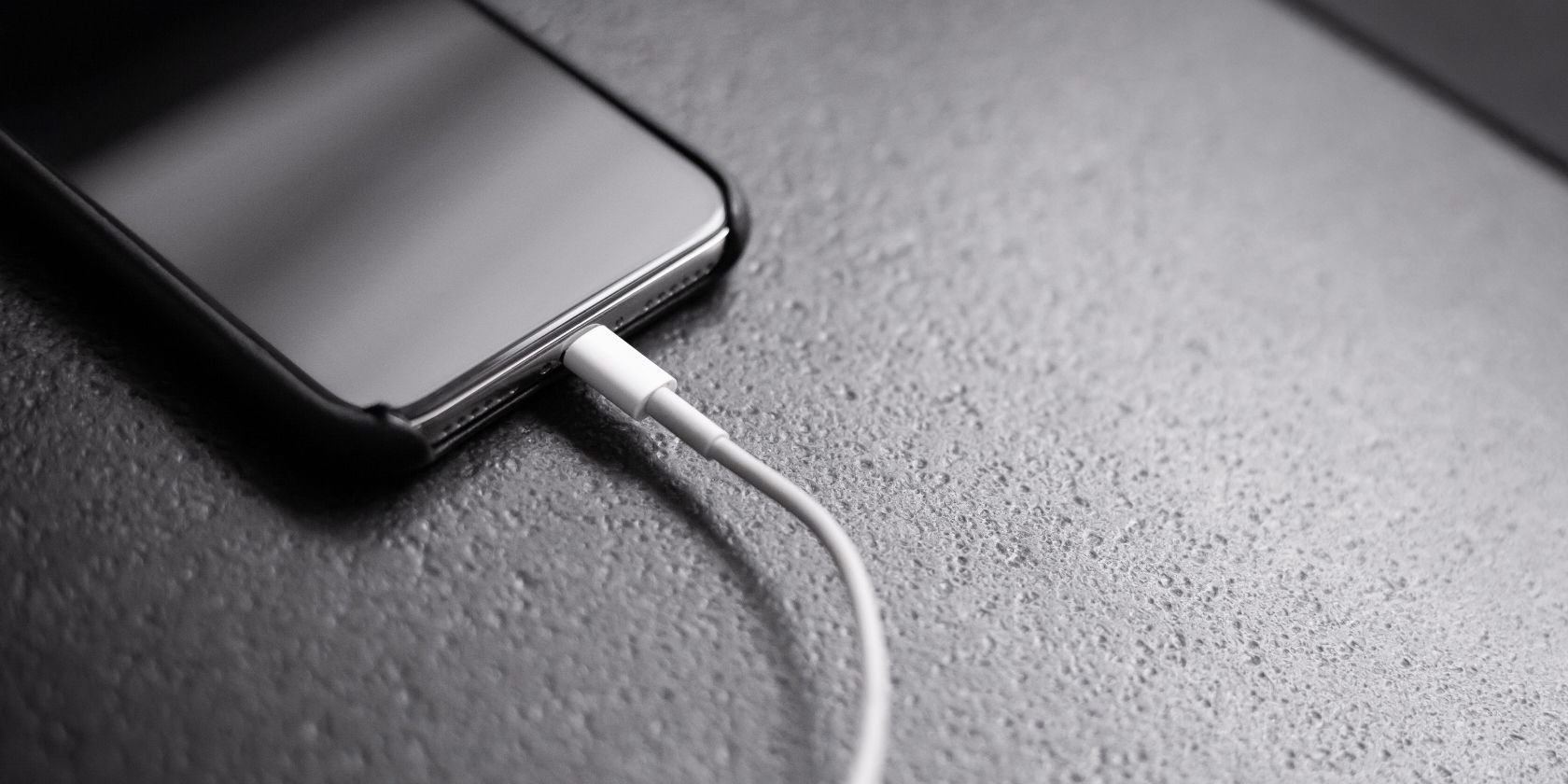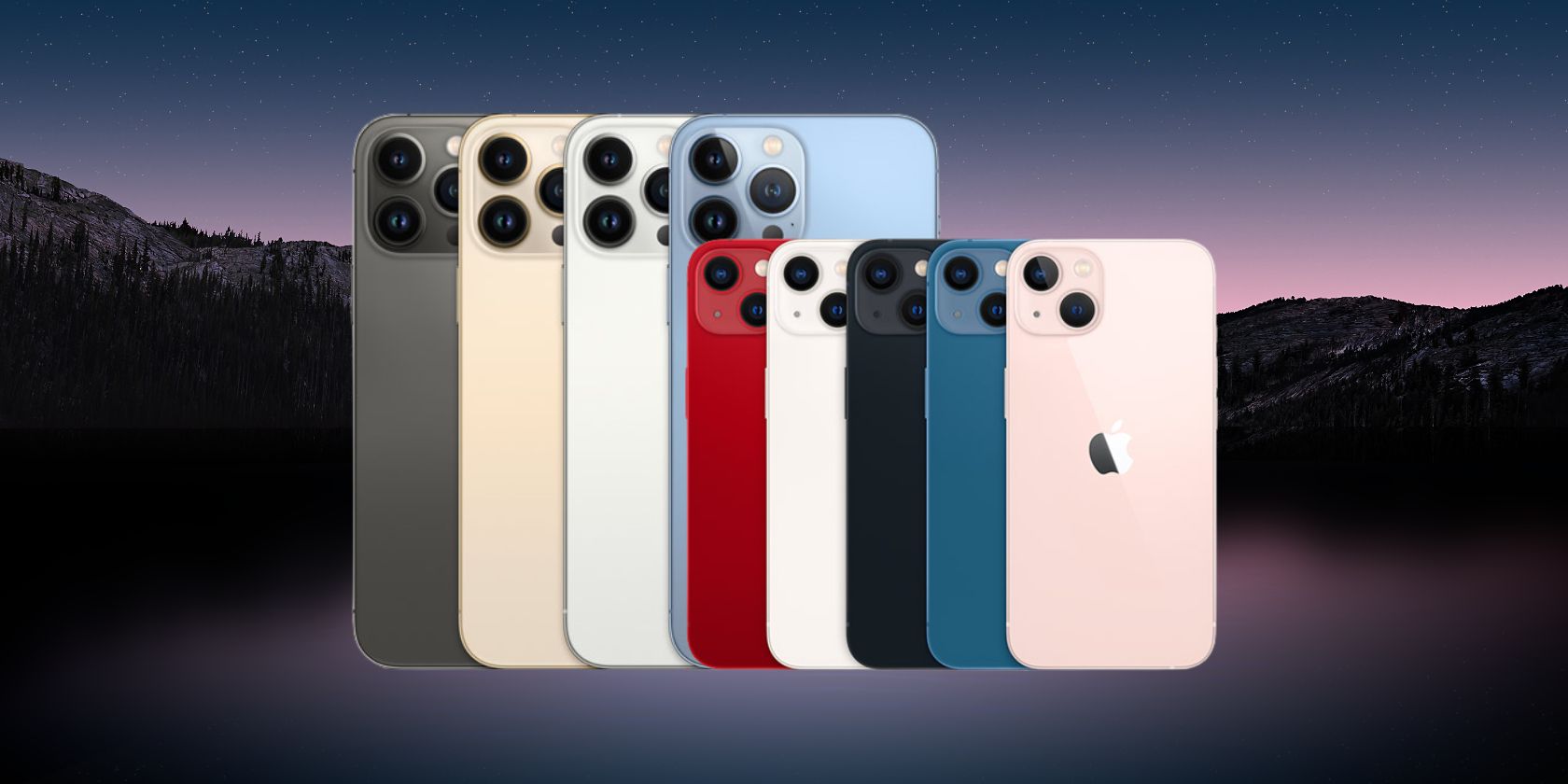While announcing the iPhone 13, Apple made a point to highlight the positive environmental practices behind the latest smartphone, such as reduced packaging and recycled materials. Apple has made a habit of highlighting these environmental practices with new releases, but how environmentally friendly is Apple really?
And how does the iPhone 13 fit into Apple's history of environmental practices?
Apple's History of Negative Environmental Practices
In the past, Apple has been heavily criticized for its forced obsolescence of various devices. By making it impossible for older devices to update their operating systems (OS), owners of older Apple devices, like the iPhone 6, end up upgrading to new ones.
In fact, many users report upgrading to a new iPhone when their old one can no longer run the latest versions of iOS, even if it can still be of use otherwise. This is mainly due to the fact that after some time, many users report apps necessary for their daily life stop working without the latest version of iOS, which they can't install.
In addition, unlike Microsoft actively exploring right to repair frameworks, Apple has consistently lobbied against the right to repair movement in the United States. The right to repair movement refers to the legislation that would require tech companies to provide practical ways for third-party repair of their devices through parts, tools, or diagnostic methods.
According to YouGov, 53% of mobile phone users do not get their devices repaired because of the high repair costs. In line with this, most owners of broken iPhones only have two options—pay for monthly AppleCare subscriptions or exorbitant fees in authorized repair centers. Often, users report for it to be significantly more cost-effective to simply purchase a new iPhone instead of paying for repair options.
Apple's Commitment to the Environment
Since 2018, Apple's global operations, such as stores, offices, and data centers, have run on 100% renewable energy. After hitting this milestone, Apple made another commitment to make its supply chain and products 100% carbon-neutral by 2030.
To achieve this, Apple created a 10-year roadmap with the goal of lowering carbon emissions. This roadmap includes overhauling product designs to make use of recycled materials, becoming more energy-efficient, implementing process improvements, practicing carbon removal, and more.
In its 2021 Environmental Progress Report, Apple reveals several significant moves it has already made towards its goal of net-zero climate impact by 2030. Split into three main parts, the report talks about its various efforts in climate change, resources, and innovative technology.
As part of its $100 million Racial Equity and Justice Initiative, Apple established an Impact Accelerator. With a focus on investing in minority-owned businesses, the accelerator not only improves its supply chain, but also helps support communities which are most at risk from environmental hazards.
With its 100% renewable energy-sourced facilities, Apple also partnered with over a hundred suppliers who have made the commitment to doing the same. In fact, some of the most of significant changes can be observed with the launch of the iPhone 13 models.
How the iPhone 13 Is a Step in the Right Direction
Designed to reduce its environmental impact, the iPhone 13 range features several changes to its manufacturing. Using several technological innovations, Apple has found ways to improve its recycling facilities so that it can better recover key materials.
Similar to the magnets used in MagSafe, Apple manufactures the iPhone 13 Pro and iPhone 13 Pro Max with 100% recycled rare earth elements. Aside from this, the solder in its main logic board and battery management unit consists of 100% recycled tin. Lastly, Apple uses 100% recycled gold for its logic board plating and cameras.
Not to mention, Apple's redesigned packaging for the iPhone 13 models are also the first iPhones to eliminate the outer plastic wrap. In line with its 2025 goal of completely removing plastic from all its packaging, this change prevents 600 metric tons of plastic from entering landfills and oceans.
The Problem With Apple's Environmental Promises
While on paper it can appear that Apple has already made a considerable effort in terms of environmental sustainability, it's not without its share of shortcomings.
For example, Apple's removal of the power adapter and earphones was undoubtedly effective in terms of reducing its net carbon emissions from packaging size and shipment. However, the newest models have charging cables that are incompatible with the adapters older iPhone users are likely to own.
Because of this, many iPhone users tend to purchase additional charging bricks, with their own packaging. Alternatively, iPhone owners also purchase from more accessible third-party brands with less environmentally-friendly processes.
Aside from this, there's also the question of distribution. While Apple can increase the number of iPhones in a truck because of its reduced packaging size, it doesn't necessarily mean that all stores will be able to maximize this. With varying demand, it's possible that the effects of changing the packaging size will not be as significant in the grand scheme of things.
In addition, Apple still has not changed its tune when it comes to its repair policies. So, while Apple has revved up its various trade-in programs, it is still actively encouraging iPhone owners to buy new phones, which is always arguably worse for the environment than fixing old ones.
The iPhone 13 Is a Glimpse Into the Future
Over the last 11 years, Apple claims to have reduced its average energy requirement per product by 73%. If successful with its latest initiatives, Apple will be an interesting case study for a framework in environmental sustainability for similar companies.
While Apple is not without its fair share of remaining environmental issues, the most recent addition to its iPhone lineup shows its commitment to making changes that benefit the environment but don't significantly hamper its profitability. At the end of the day, the majority of the environmental cost of owning an iPhone is outside a consumer's control. For this reason, it's not fair to blame iPhone users for most of the environmental toll associated with its ownership.
However, it's still possible to do our part by taking care of our Apple devices so that they remain usable for as long as possible. Hopefully, with time, Apple will provide more options to keep using the iPhones we already own, instead of having to buy a new one too soon.

